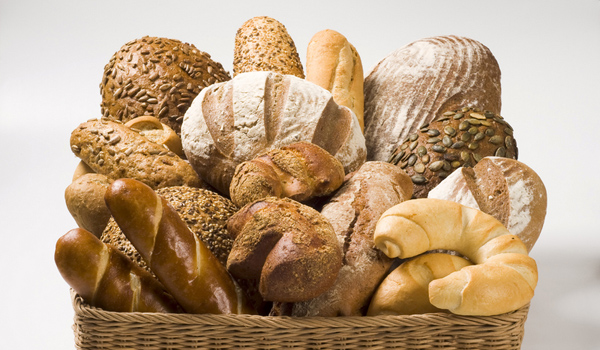Is It Really 'Gluten-Free'? FDA Sets New Limits

People with celiac disease can now trust that foods labeled "gluten-free" are safe for them to eat, the U.S. Food and Drug Administration (FDA) says.
The agency issued a final rule today (Aug. 2) that requires foods with "gluten-free" labels to limit their gluten levels to less than 20 parts gluten per million parts of food.
The new rule also says that gluten-free foods cannot contain any wheat, rye or barley, or any of their crossbreeds. If any ingredients derived from these grains are used, they have to be processed to reduce their gluten to amounts less than the new limits, according to a statement from the FDA.
"This standard 'gluten-free' definition will eliminate uncertainty about how food producers label their products, and will assure people with celiac disease that foods labeled 'gluten-free' meet a clear standard established and enforced by FDA," said Michael R. Taylor, deputy FDA commissioner for foods and veterinary medicine.
People with the intestinal condition celiac disease have to avoid eating foods that contain gluten, proteins that occur naturally in wheat, rye and barley. Eating cakes, pasta and bread made with these grains' flours can be life threatening for people with celiac disease.
"The only choice for the up to 3 million Americans living with CD is to adhere strictly to a gluten-free diet," said Virginia A. Cox, associate commissioner of the FDA's Office of External Affairs.
For these people, consuming gluten can damage the intestines, prevent the absorption of vitamins and minerals, and lead to a host of other health problems, she said.
Get the world’s most fascinating discoveries delivered straight to your inbox.
Celiac disease is a condition in which the body's defense system reacts to gluten by attacking the lining of the small intestine, and currently has no cure. The symptoms include pain, diarrhea and weight loss.
The new gluten limit is the lowest level that can be detected in foods using available tools, and is consistent with the limits set in other countries, according to the FDA.
"This is a tool that has been desperately needed," Andrea Levario, executive director of the American Celiac Disease Alliance said. "It keeps food safe for this population, gives them the tools they need to manage their health, and obviously has long-term benefits for them." [How to know if you have celiac disease]
The new rules are an addition to FDA requirements for other food labeled as "free": "Salt free" or "sodium free" means less than 5 grams of salt per serving, and items labeled "sugar free" should contain less than 0.5 g of sugar per serving. Foods labeled "zero calories" should have less than five calories in each serving.
Manufacturers have one year to ensure their gluten-free labels are consistent with the FDA requirements. Foods that carry labels stating they're gluten-free, free of gluten, without gluten and no gluten, but fail to meet the set limits, would be considered misbranded and subject to regulatory action by the FDA.
Email Bahar Gholipour. Follow LiveScience @livescience, Facebook & Google+. Original article on Live Science.



